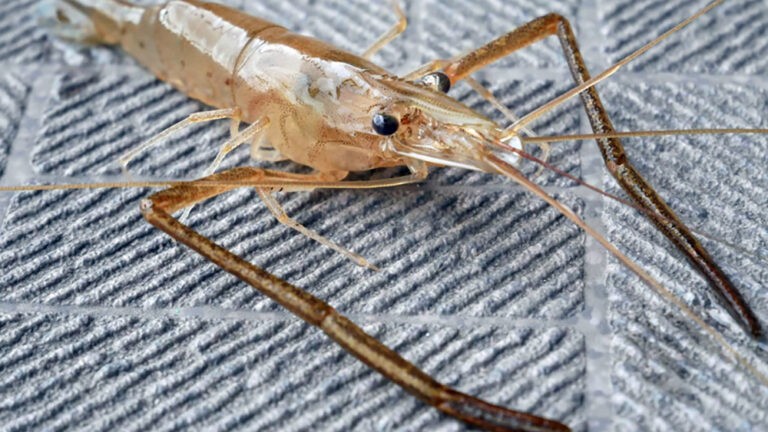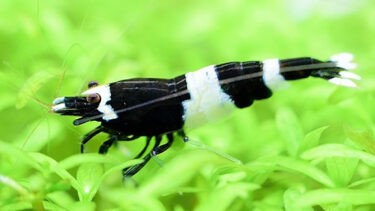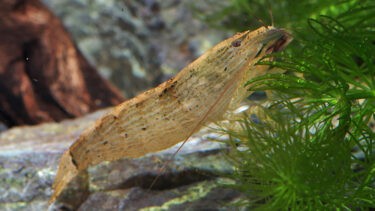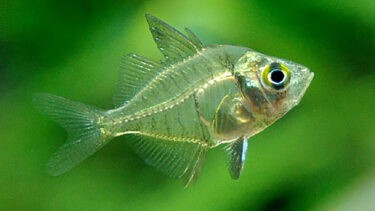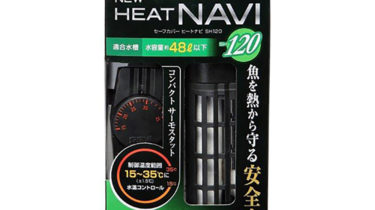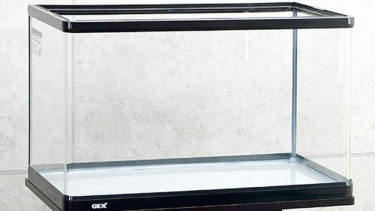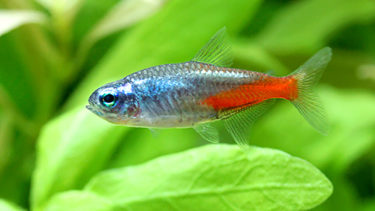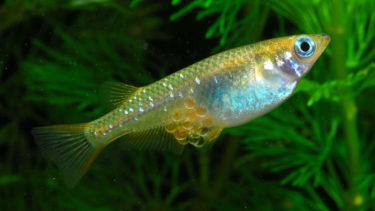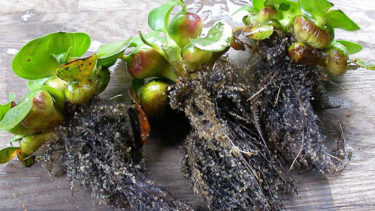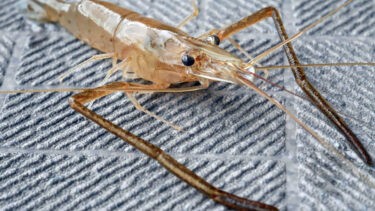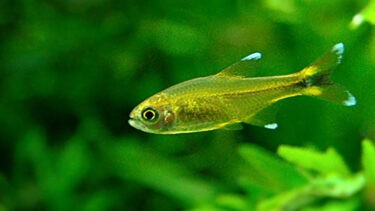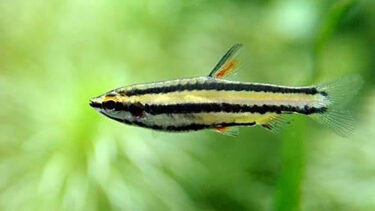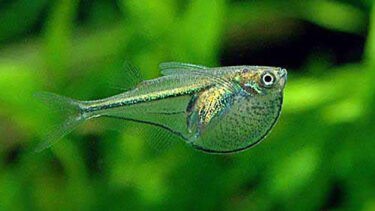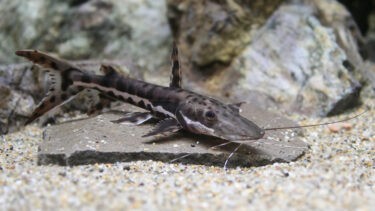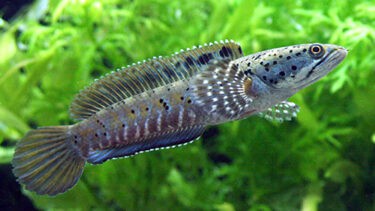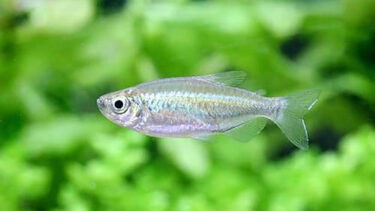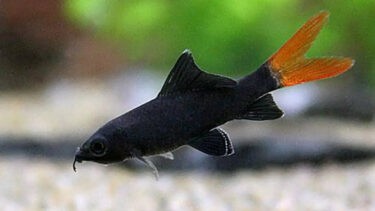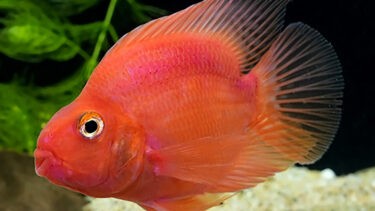Tenaga shrimps are native to East Asia, including Japan, Korea, and Taiwan, and belong to the Tenaga family of shrimps (decapods). Tenaga shrimps have a green or grayish brown body color. It is also famous as a shrimp with long hands. In this article, I would like to explain in detail the characteristics of these tenagaebi and how to keep them.
What is a Tenaga Shrimp?
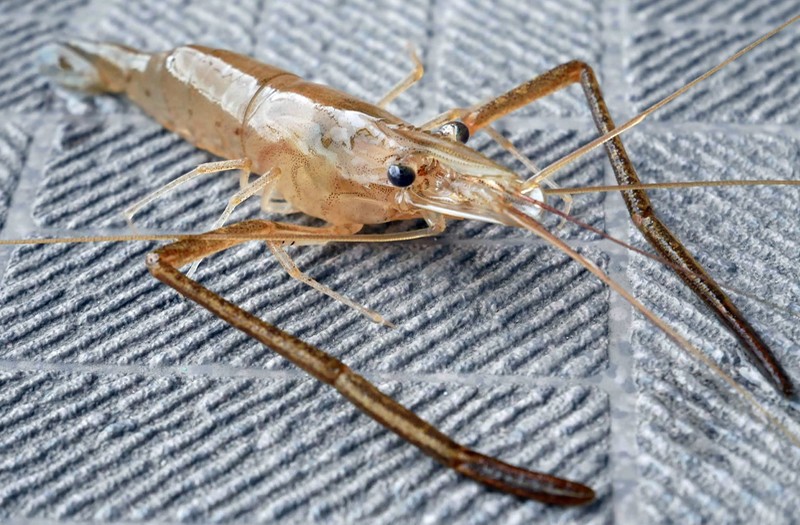
The tenagaebi is a shrimp of the family Tenagaebiidae of the order Shrimps (decapods). The tenaga shrimp originates from East Asia, including Japan, Korea, and Taiwan. The body color of the tenaga shrimp is green or grayish brown.Relatively young individuals have translucent bodies with black stripes that may resemble threadfin shrimps. The most distinctive feature of the tenaga shrimp is its long, well-developed second pedipalp. The tenaga shrimp is mostly carnivorous, feeding on aquatic animals and fish carcasses in nature. Rarely, they may also eat algae and other plant matter.
When you go to a specialty store to look at tropical fish, you may be surprised at the large number of species available. The prices are different, as are the sizes and appearances, so it is difficult to know what to choose based on. In this article, I would like to explain in detail about the different types of tropical fish. Classification of tropical fish Ca[...]
Shadow shrimp are native to Taiwan, which is located in East Asia, and belong to the family of the shrimp (decapods), the family of the shrimp (decapods), and the genus Kawarinumaebi, and are characterized by having red and white, black and white, and other colors in their patterns. Its vivid body color makes it a very popular shrimp. In this article, we will discuss the si[...]
Oninuma shrimps are native to Southeast Asia, including the Philippines, and belong to the Oninuma shrimp genus of the family Oninidae, the decapod shrimps, and have a subdued, almost brown body color. In this article, I would like to explain in detail the characteristics of the oninumaebi and how to keep them. [...].
The glassfish is a tropical fish native to India and Southeast Asia, belonging to the family of the perch family Paralumbacidae of the order Perciformes, and has a transparent body color and visible bones. In this article, I would like to explain in detail the characteristics of the glassfish and how to keep it. The glassfish [...].
How to keep tenaga shrimps
Tenaga shrimps can be an easy variety to keep. The life span of the tenaga shrimp is about 2 to 3 years. Their body size is approximately 5 to 20 cm. However, both lifespan and body size vary depending on the environment in which they are kept and the food they are fed. They prefer slightly alkaline to neutral water quality, especially at a pH of 7.0 to 8.0. The shrimp prefers a water temperature of around 20°C and dislikes high temperatures. Therefore, keep them in a well-ventilated place and avoid high temperatures during the summer months. On the other hand, in winter, they can be kept indoors without any problem even without using a heater.
A heater is a device that maintains a constant water temperature. If you go to a specialty store that carries heaters, you will find a wide variety of types. Some people may be at a loss as to which one to choose. In this article, we would like to explain about such heaters [...]
Points to keep in mind when mixing swimmers
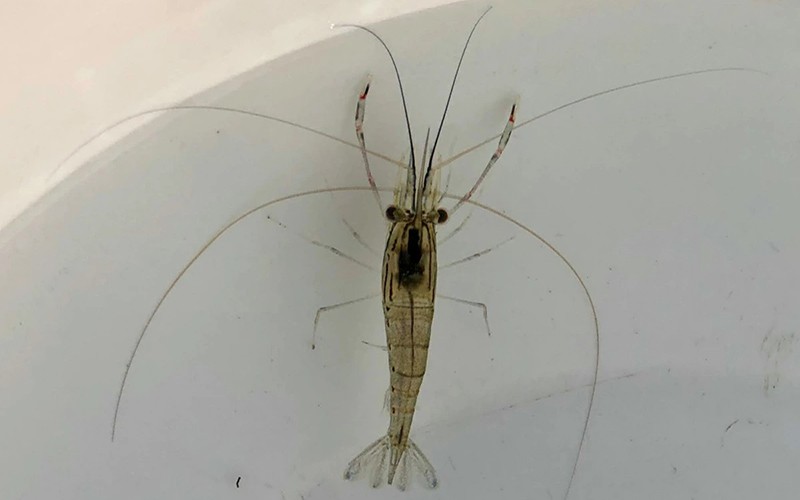
Regarding mixed swimming, tenagaebi have a ferocious disposition. They are also very territorial, so care must be taken when keeping them in a small space (small aquarium). Therefore, depending on the species being mixed, the tenagaebi may attack more relentlessly than usual, which may result in the weakening of the species that was attacked.Recommended species for mixing with tenagaebi are killifish in general and small fish such as neon tetras, caracins, and red fins. However, if the killifish or neon tetras are weak, the tenagaebi may think they are food and attack them, so if you see them weakening, move them to another tank as soon as possible. If you see them weakening, move them to a different aquarium as soon as possible. Even if you keep only tenaga shrimps in a tank of less than 30cm, you need to be careful because cannibalism may occur. If you keep tenaga shrimps and other species swimming together, please make sure that they have a place to hide by adding some aquatic plants.
First of all, when you want to keep goldfish, you will need something to keep them in. The first thing that comes to mind is an aquarium. However, there are many different sizes and shapes of aquariums. In this article, I would like to explain about aquariums. The key to choosing an aquarium [...].
The neon tetra is a tropical fish in the family Carassinae, and is a beautiful fish with a blue glow from its head to its tail fin. In this article, I would like to explain in detail the characteristics of the Neon Tetra and how to keep it. What is a Neon Tetra?
Points about spawning
Many people who keep tenaga shrimps want to breed them. In order to breed tenaga shrimps, it is necessary to know the characteristics of the "bilateral migratory type". The bilateral migratory type refers to the act of moving back and forth between sea and fresh water.Tenaga shrimps enter the bilateral migratory type. When breeding tenaga shrimps, you need to prepare brackish water (water made by dividing seawater into half with freshwater) for them to breed. There are several ways to prepare brackish water, such as diluting seawater by half with tap water (fresh water) or dissolving artificial seawater sold at specialty stores with tap water (fresh water). Brackish water is very troublesome to manage rather than to make. For this reason, it is said that it is difficult to breed tenagaebi. However, if you can make brackish water well, all you have to do is to put in spawning beds or water plants and wait until the eggs hatch. Once hatched, the fry feed on bacteria and moss in the water and grow. After hatching and repeated molting, the fry will be able to adapt to freshwater after about a month, so if you are thinking of moving to freshwater, please start the transition gradually from this time.
Many people who keep killifish want them to spawn. However, not many people know about spawning and what they need to do to prepare for it. This time, we would like to explain the method of spawning and the points to be noted [...].
If you have kept goldfish for a long time, you may want to try to breed them. However, if goldfish spawning is not done with care, there is a high possibility that the goldfish will weaken. In this article, I would like to explain in detail the method and precautions for spawning. The time of spawningThe time of spawning of goldfish is [...]
Points to keep in mind when keeping tenaga shrimps
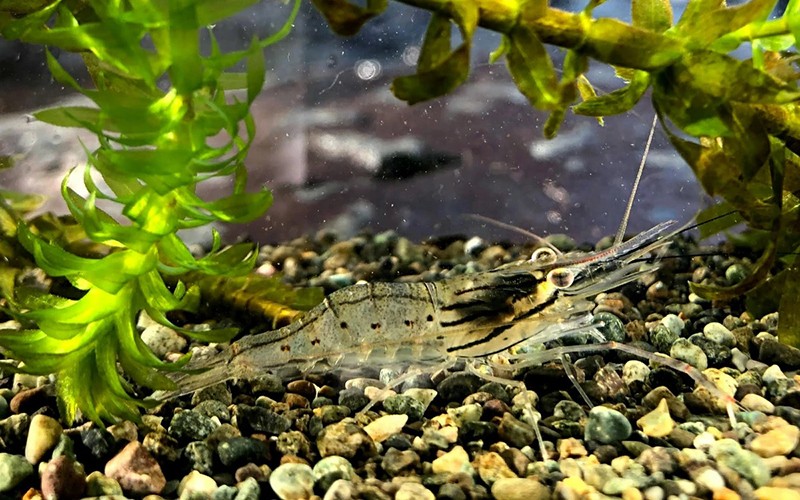
Tenaga shrimps can be one of the most habit-forming varieties of shrimp to keep. This is because they are carnivorous, ferocious, and territorial. Therefore, there are many troublesome aspects to keeping them, such as the need to carefully consider the species with which they will swim together, but the long hands (scissors) that are a characteristic of tenagaebi are very powerful and worth keeping.Because of their tendency to cannibalize each other, few specialty stores carry tenagaebi. However, the tenagaebi has the advantage of being a large shrimp that can grow up to 20 cm in length, a feature not found in any other shrimp, so if you are interested in tenagaebi, we recommend that you visit a specialty store to see them.

